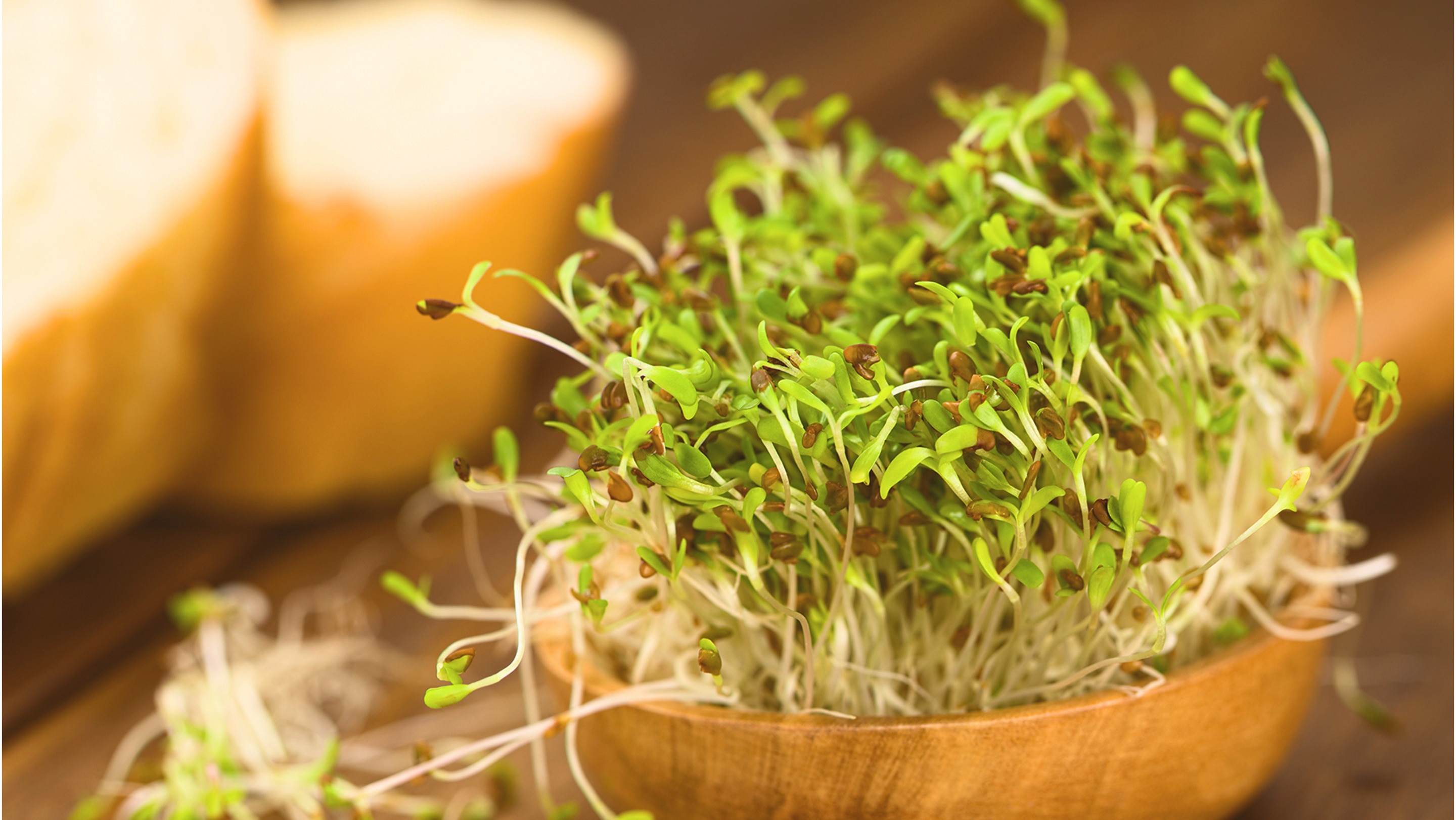Skip to:
With the world population set to reach almost 10 billion by 2050, the most important question we must ask is: how are we going to feed everyone? Currently, 75% of the global food supply is sourced from only 12 different plant and 5 animal species. Of that, 60% of our calories come from just 3 sources – rice, corn and wheat. Not only are these limited food choices making us overly reliant on a very select group of foods, but it also has a detrimental effect on the biodiversity of the planet, putting the environment and our wildlife at risk.
To help to change this, we’ve partnered with the World Wildlife Fund (WWF) to create The Future 50 Foods Report. This report lists 50 different types of vegetables, grains, beans, legumes, nuts and seeds from around the world with the aim of encouraging greater diversity in our food choices. From the research we’ve conducted, we believe that these are foods that we should be eating more of, because they’re packed with nutrients and have a low environmental impact.
To make it onto the list, each of the Future 50 Foods has met a specific set of criteria, based on the United Nations Food and Agricultural Organization’s (FAO) definition of what constitutes a sustainable diet. These include:
- High nutritional value – nutrient dense, meaning they’re rich in nutrients such as proteins, vitamins and minerals and low in calories.
- Relatively low environmental impact – they’re able to be farmed sustainably, with a limited environmental impact.
- Flavour – they have to pass our taste test!
- Accessibility – readily available to most of the population.
- Acceptability – socially and culturally acceptable foods.
- Affordability – for these foods to be incorporated into as many people’s diets as possible, they must be affordable.
Knowing how to make better food choices will have a hugely positive impact on the environment. Moving towards more plant-based food choices will have a much lower environmental impact, while also helping to make our food supply chain more resilient.
Change the world by changing what’s on your plate
Each food on the Future 50 Foods list contributes towards a better nutritional value and decreases the environmental impact of our meals.
By focusing on promoting foods that are easily accessible and affordable, people are more likely to make these changes, especially if they’re able to continue eating the kinds of meals they enjoy. This versatile range of foods can be introduced into our diets by trying new recipes or making simple changes, like swapping rice for fonio, a tasty and easy-to-cook ancient grain. Try making our Bolognese with Mushrooms or incorporating lentils into your next chilli – an easy way to consume meals that are better for you and the planet!
Our Knorr Future 50 Food Recipes feature a range of irresistible veggie-inspired meals, no matter what you’re craving.
Download the Future 50 Foods Report
From lentils to lotus roots, discover 50 exciting and delicious foods that are good for you and good for the planet.










